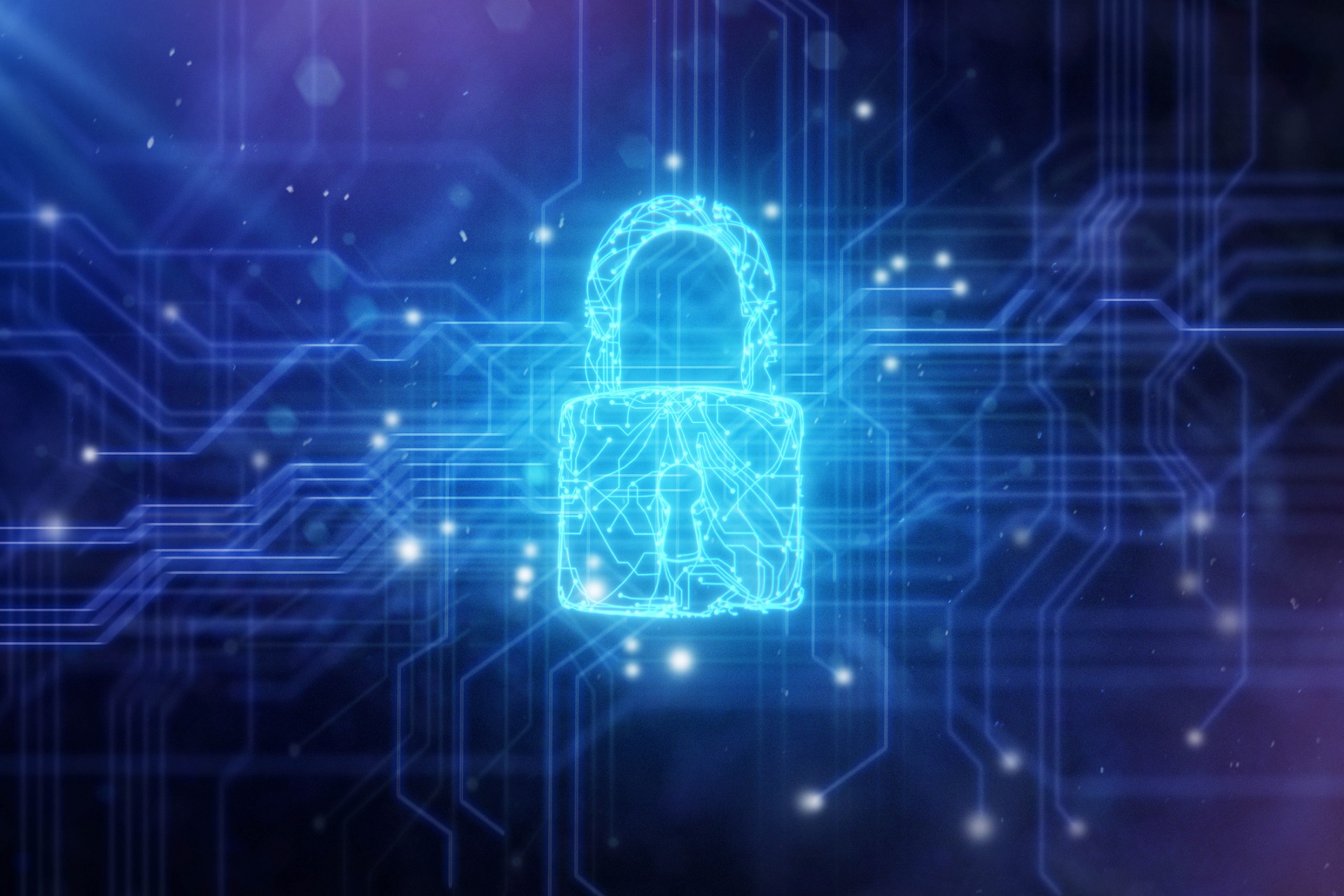8 signs your company needs to upgrade its cybersecurity
Before something happens, you might want to consider a few things

Today, cybersecurity is not merely an IT issue - it’s a business necessity, and as cyber threats become increasingly sophisticated and frequent, many companies find themselves relying on security measures that have become outdated.
Identifying when your cybersecurity needs an upgrade can mean the difference between maintaining business operations and suffering a devastating breach.
Here are eight warning signs that indicate your company’s digital defenses might require a significant overhaul.
Your security infrastructure hasn't been updated in years
Cybersecurity is not a “set it and forget it” approach; it requires continuous attention and adaptation to the changing landscape of threats.
If your company relies solely on security systems implemented over two years ago without significant updates or enhancements, it is likely vulnerable to newer, more sophisticated attack methods.
Threat actors constantly evolve their techniques, utilizing advanced tools and strategies to exploit weaknesses in outdated systems.
This persistent evolution means that what was once considered adequate security can quickly transform into a significant vulnerability.
Are you a pro? Subscribe to our newsletter
Sign up to the TechRadar Pro newsletter to get all the top news, opinion, features and guidance your business needs to succeed!
To combat these threats, it's crucial to conduct comprehensive security audits routinely.
These audits should not only assess your current security posture but also identify areas for improvement, including potential vulnerabilities that may have been overlooked.
Based on the findings of these audits, organizations should prioritize timely upgrades to both the hardware and software components of their security infrastructure.
Moreover, staying informed about emerging threats and the latest cybersecurity trends is essential.
This can involve participating in industry conferences, subscribing to threat intelligence reports, and leveraging the expertise of cybersecurity professionals.
Regular employee training and awareness programs can also bolster your defenses, as human error remains one of the weakest links in cybersecurity.
In addition to these proactive measures, organizations should implement a robust incident response plan that is regularly tested and updated.
This ensures that if a security breach does occur, the organization can react swiftly and effectively to mitigate damage and recover operations with minimal disruption.
By adopting a proactive and dynamic approach to cybersecurity, companies can significantly enhance their resilience against potential threats and safeguard their critical assets..
Employees lack security awareness
One of the most telling signs of cybersecurity weakness is a workforce that doesn't understand its role in maintaining security.
Employees who regularly engage in risky behaviors - like clicking suspicious links, using weak passwords, or failing to recognize phishing attempts - put the entire organization at risk.
For instance, a single click on a malicious link can lead to a data breach, exposing sensitive information and costing the company millions.
Additionally, you invite further vulnerabilities if your organization doesn't enforce strong password policies and allows employees to use easily guessable passwords.
Weak passwords can be easily cracked, giving attackers unauthorized access to critical systems.
Moreover, the absence of a mandatory security training program leaves employees ill-equipped to identify threats, increasing the likelihood of falling victim to social engineering tactics, where attackers manipulate individuals into divulging confidential information.
Modern cybersecurity requires a human firewall alongside technical ones - as while firewalls, antivirus software, and encryption are crucial, they are not enough.
Regular training programs should include simulated phishing exercises, workshops on recognizing social engineering tactics, and updated guidelines on best practices for information security.
Clear security protocols should also be established and communicated effectively so employees understand their responsibilities in safeguarding the organization's assets.
Without these measures, even the most sophisticated systems can be compromised.
Cyber attackers often exploit human behavior, making continuous education and awareness vital in building a robust defense culture. Fostering a security-conscious environment can significantly reduce risks and enhance the organization’s overall security posture.
You've experienced minor security incidents
Minor security breaches, occasional malware infections, or suspicious account activities are often precursors to more significant attacks.
Potential attackers testing your defenses should view these minor incidents as reconnaissance efforts.
If your company has experienced an uptick in these events, it signals that your current security measures are being probed for weaknesses.
These warning shots shouldn't be dismissed but instead treated as urgent indicators that your security needs strengthening.
Your business has grown significantly
Business growth is positive, but it creates new security challenges.
You’ve likely created security gaps if your company has expanded its operations, workforce, or digital assets without scaling its cybersecurity measures proportionally.
Growth means more endpoints, users, data, and, ultimately, more attack surfaces. A security designed for a more minor operation rarely scales effectively without intentional redesign and investment.
You lack visibility into your network
Your cybersecurity is inadequate if your security team can’t provide precise, real-time information about who is accessing your network and what they’re doing there.
Modern security requires comprehensive monitoring tools that offer visibility across all systems and assets.
Without this visibility, detecting breaches becomes nearly impossible - most companies discover breaches months after they occur, often from external sources rather than internal monitoring.
Compliance requirements have changed
Regulatory requirements around data security continue to evolve, with frameworks like GDPR, CCPA, and industry-specific regulations imposing stricter standards.
If your company struggles to maintain compliance or is scrambling to meet new requirements, it clearly indicates that your security infrastructure needs updating.
Modern cybersecurity should be designed with compliance in mind, making regulatory adherence a natural outcome rather than a constant challenge.
You're moving toward cloud and remote work
The shift toward cloud services and remote work arrangements fundamentally changes your security perimeter.
If your company has embraced these modern work models without updating security approaches, you're operating with a dangerous mismatch between your business model and security architecture.
Traditional perimeter-based security cannot adequately protect cloud resources or remote workers - these environments require zero-trust models, enhanced authentication systems, and different monitoring approaches.
Your current security team is overwhelmed
If your security personnel are constantly in reactive mode - responding to alerts, putting out fires, and dealing with immediate threats rather than improving overall security posture - they're overwhelmed.
This reactive stance indicates that your security needs have outgrown your current resources.
Modern cybersecurity requires a proactive approach focused on threat hunting, vulnerability management, and security improvements rather than incident response.
The path forward
Recognizing these warning signs is the first step toward a more robust security posture.
A comprehensive security assessment by qualified professionals can provide a roadmap for upgrades.
While cybersecurity investments may seem expensive, they pale compared to the potential costs of a significant breach - which now average in the millions of dollars, not including reputational damage and lost business opportunities.
In today's threat landscape, cybersecurity isn't just about protection - it's about business resilience.
Companies that recognize these warning signs and take decisive action to upgrade their security will not only avoid potential disasters but also build the trust and stability needed for sustainable growth in an increasingly digital world.
Bryan M. Wolfe is a staff writer at TechRadar, iMore, and wherever Future can use him. Though his passion is Apple-based products, he doesn't have a problem using Windows and Android. Bryan's a single father of a 15-year-old daughter and a puppy, Isabelle. Thanks for reading!
You must confirm your public display name before commenting
Please logout and then login again, you will then be prompted to enter your display name.
